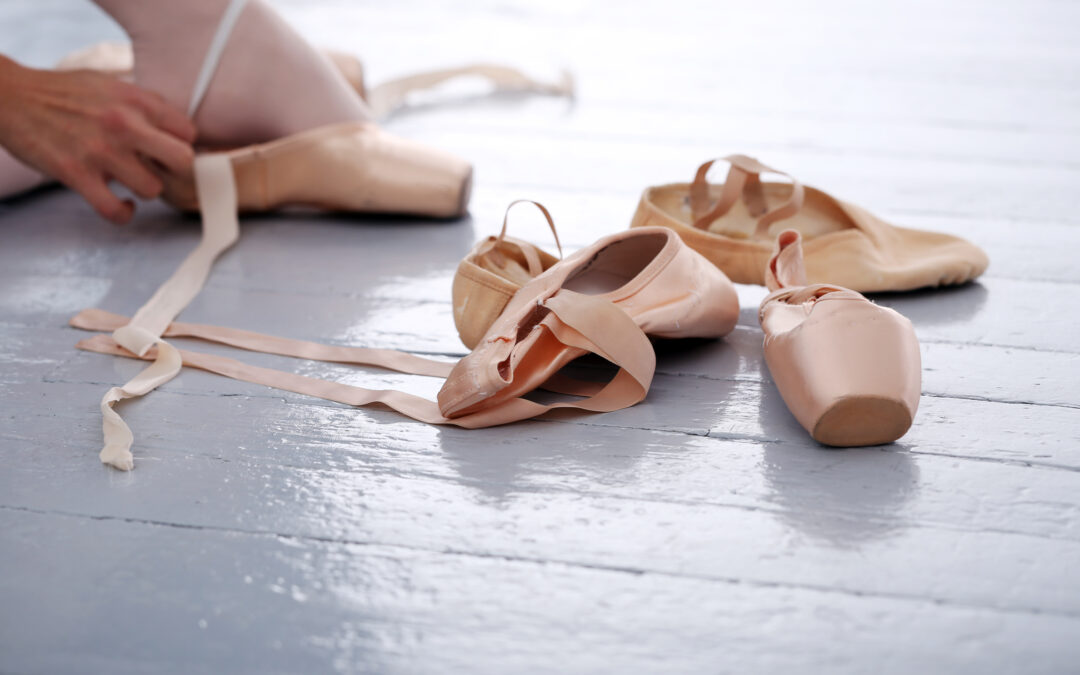Ballet, a captivating art form that marries grace, strength, and precision, is often associated with exquisite performances, elegant costumes, and ethereal movements. Behind this beauty, however, lies the intense dedication and hard work of ballet dancers, particularly ballerinas, who push their bodies to the limit to achieve perfection in their craft. In the world of ballet, bunions are a common adversary that can affect the lives and careers of these talented dancers. In this article, we will explore the relationship between ballerinas and bunions, shedding light on their challenges and strategies to overcome them.
Bunions: A Painful Obstacle
A bunion is a bony bump that forms at the base of the big toe when the joint at the base of the big toe becomes misaligned. This misalignment forces the big toe to angle towards the other toes, causing pain, discomfort, and potentially hindering movement. While bunions can affect anyone, they are particularly prevalent among ballerinas due to the unique demands of their art form.
Ballet and Bunion Development
The essence of ballet is the dancer’s ability to stand on the tips of their toes, a technique known as en pointe. This extraordinary feat requires a combination of strength, balance, and flexibility. Ballerinas spend countless hours rehearsing, perfecting their pointe work, and dancing in shoes that are specifically designed to support them while en pointe. However, the constant pressure placed on the toes can lead to the development of bunions.
- Repetitive Stress: Ballet dancers often rehearse for hours daily, putting immense pressure on their feet. The repetitive motion of dancing en pointe can strain the toe joints, leading to the gradual formation of bunions.
- Tight-Fitting Shoes: Pointe shoes, designed to provide support and balance while en pointe, are inherently snug-fitting. This can exacerbate the issue as the toes are further compressed inside the shoes.
- Inherent Biomechanics: Some dancers may have genetic predispositions to bunion development due to their foot structure or family history.
The relationship between bunions and ballet dancers
Bunions can have a significant impact on the lives of ballerinas. The pain and discomfort associated with bunions can affect their ability to perform at their best and may even lead to long-term consequences. Some of the challenges ballerinas face include:
- Pain and Discomfort: Bunions can be extremely painful, making it difficult to dance with the intensity and precision required in ballet.
- Limited Range of Motion: As the big toe deviates from its normal position, it can hinder the dancer’s ability to execute certain movements and positions correctly.
- Career Threat: Severe bunions can jeopardise a ballerina’s career. Some may take extended breaks for surgery and recovery, while others may be forced to retire prematurely.
What are the treatment options for ballet dancers with bunions?
Despite the challenges bunions pose for ballerinas, many are determined to find ways to manage and mitigate the condition while continuing to pursue their passion. Here are some strategies commonly employed by ballerinas facing bunions:
Foot Care
Ballerinas are meticulous about foot care. They regularly ice their feet, use toe spacers to help realign the toes and apply creams or ointments to soothe pain and reduce inflammation. Our dance podiatrists are able to assit with your foot care or teach you the best methods for the self care of your feet.
Customised pressure relief
Some dancers opt for custom-made silicone devices, gel pressure aids, foams and lambswool can be used to offer more comfort and reduce pressure on the bunion. In our clinic we have a large range of pressure aids available to trial depending on your needs as discussed with our dance podiatrists.
Physical Therapy
Our Dance Podiatrists, Kirstine Mann and Sophie Young can develop specialised exercise routines to strengthen the feet and improve flexibility, helping to alleviate some of the bunion-related pain.
Orthotics
Custom orthotic inserts can be designed and fitted by our dance podiatrists to provide additional support for the foot to reduce the pressure placed on your big toe joints that can cause bunion formation. This will also help to alleviate discomfort during performances and reduce the chances or your bunions progressing and getting more sever over time.
Surgery
In severe or debilitating cases, surgery may be necessary to correct the misalignment of the big toe joint. This option is not typically the first line of treatment, however, if required it is possible to recover from such surgeries and return to you dance journey.
Proper technique
Dancers can pay more attention to their ballet technique, particularly foot placement and alignment. Working with a knowledgeable instructor or dance podiatrist can also allow dancers to identify any movements or habits that may aggravate bunions and learn how to modify them.
Toe spacers
Using toe spacers or toe separators can help alleviate pressure on the bunion and promote proper toe alignment. These can be worn both during ballet practice and in everyday shoes. Our dance podiatrists are able to fit these and provide them for you according to your needs.
Properly fitted shoes
Ensure that ballet shoes fit properly, with enough room in the toe box to accommodate bunions. Dancers may need to consider wide-width shoes or special accommodations to avoid putting excessive pressure on the affected area. Our dance podiatrists are able to assess you shoes to determine if the fit is correct for you.
Ballerinas dedicate their lives to their art. Through careful foot care, customised solutions, and unwavering dedication, ballerinas continue to grace the stage with their awe-inspiring performances, proving that the pursuit of art can conquer even the most daunting physical obstacles. Bunions may be a painful adversary, but for ballerinas, they are just another step on the path to achieving perfection in their craft.
For conservative management, orthotic prescription, strengthening exercises and pressure aids, call us at the “Dance Clinic” by Highett Podiatry on 95553044 or book online at www.thedanceclinic.com.au

